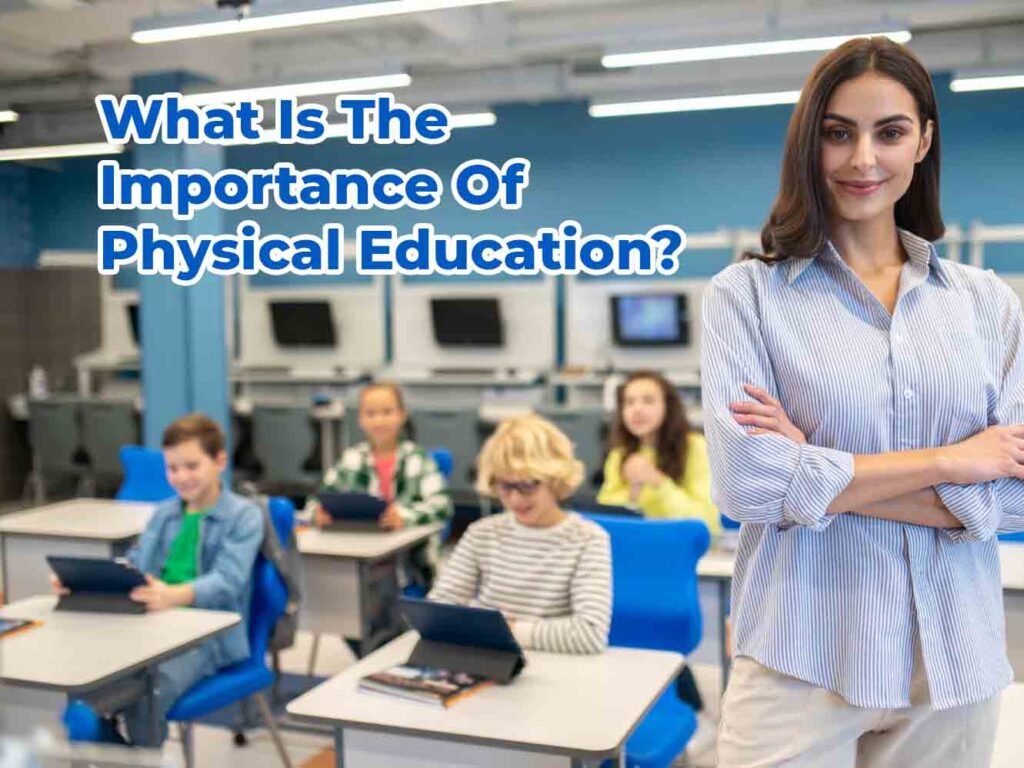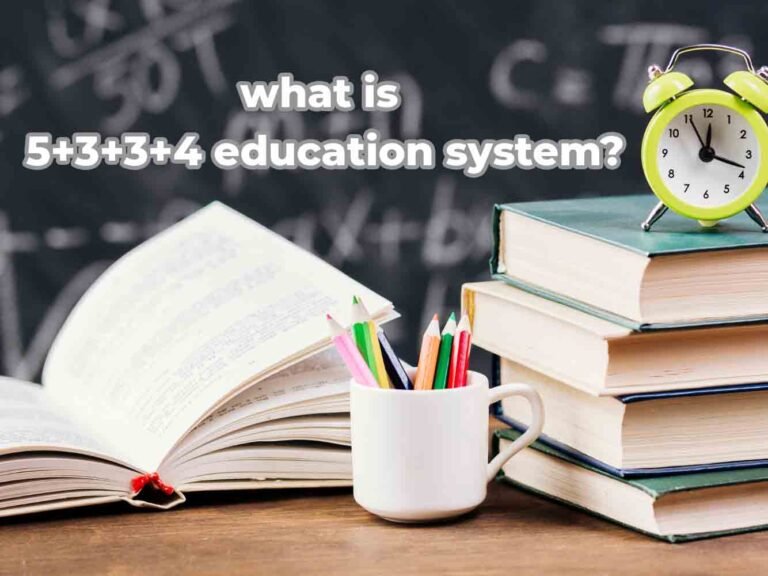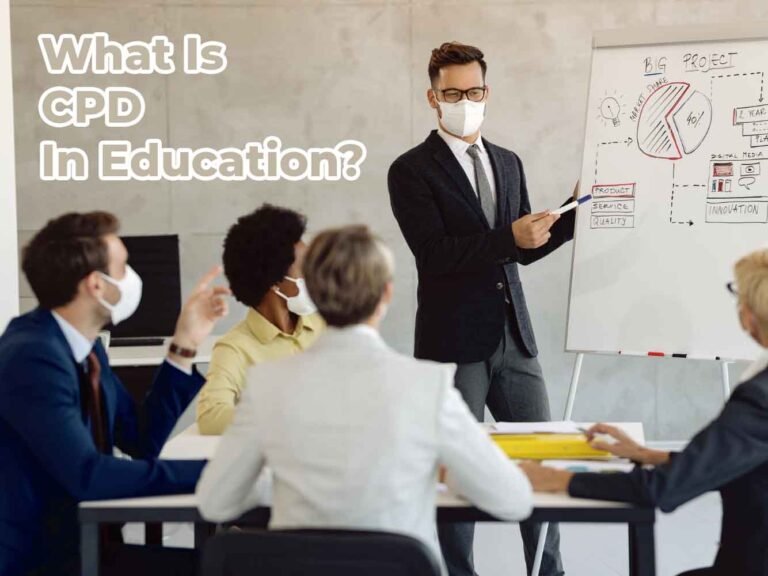Introduction
Physical education (PE) is a basic component of a well-rounded education that greatly affects students’ emotional, mental, and physical development and goes beyond a simple course of study. Physical education’s value has never been more clear as children and teenagers’ sedentary lives and rising screen time point to. It provides the basis for lifetime health and motivates behaviours that support general well-being. Regular physical activity helps pupils develop not only their physical fitness but also important life qualities such as discipline, teamwork, and tenacity.
Apart from its advantages for physical condition, physical education promotes mental and emotional development. Regular physical activity has been demonstrated to lower stress, increase mood, and improve cognitive ability. Hence, it is a necessary component of the course of instruction. In and outside of the classroom, PE sessions offer a disciplined setting where children may decompress, boost self-esteem, and acquire social skills absolutely vital for success. Emphasising the need for physical activity from a young age, physical education helps build a good attitude towards fitness and health, therefore preparing the ground for a better and more active future.
The Importanc e of Physical Education
An indispensable part of a well-rounded education, physical education (PE) greatly helps to foster general health and fitness. It gives pupils chances to learn about good living choices, increase physical fitness, and acquire abilities that will help them all their lives. Beyond only their physical condition, physical education teaches children discipline, teamwork, and tenacity, as well as mental and emotional wellness. It aids in the fight against inactive lives, which have grown rather widespread in the digital era of today. One cannot emphasise the value of physical education since it provides the basis for lifetime fitness and health, shapes good values, and helps pupils grow holistically.
Historical Background
Physical education originated in prehistoric societies where everyday existence revolved around physical training and was, therefore, essential. Physical ability was highly prized in ancient Greece; the curriculum included gymnastics, sprinting, and wrestling, among other sports. In ancient Rome, similarly, physical training was crucial for getting young men ready for military service. The focus on physical education changed over millennia, especially during the Renaissance when a more disciplined approach to PE started to show up in classrooms all around Europe. Physical education developed more formally by the 19th century when nations like Germany and Sweden pioneered regimented PE initiatives. Early in the 20th century, physical education became rather popular in the United States under the emphasis on producing strong, healthy individuals. Reflecting its continuing relevance, physical education is now a fundamental part of the curriculum at many different kinds of institutions around the globe.
Physical Health Benefits
The promotion of physical health is among the most clear advantages of physical education. Frequent physical exercise stimulates the cardiovascular system, helps to preserve a good weight, and enhances muscular and bone condition. PE programs give kids and teenagers controlled chances to participate in physical exercise, which is absolutely important in the fight against juvenile obesity and related medical problems. Furthermore vital for general physical development are motor skills, coordination, and balance that physical education helps kids acquire. Regular attendance of PE lessons also improves sleep, strengthens the immune system, and lowers the risk of chronic diseases, including heart disease, diabetes, and several malignancies. Early on instillation of the value of physical fitness prepares physical education to shape a lifetime of healthy practices.
Mental Health Benefits
Physical education promotes mental health much as it does physical health. Regular physical activity has been demonstrated to boost mood, lower anxiety and depression symptoms, and increase cognitive ability. PE sessions give pupils a way to let off tension and properly focus their energies. Released during physical exercise, endorphins function as natural mood enhancers, therefore reducing emotions of depression or anxiety. Physical education also encourages social connection and teamwork, which can boost self-esteem and help lower isolation levels. Physical education can be a very useful tool for kids dealing with mental health problems in controlling symptoms and enhancing general well-being. Beyond the classroom, physical education’s mental health advantages help to improve academic achievement and the school environment.
Educational Benefits
In a number of respects, physical education helps pupils succeed academically. Regular physical activity has been shown to increase concentration, memory, and classroom behaviour—all of which are absolutely vital for learning. Physical activity increases blood flow to the brain, so improving cognitive aptitude and capability to solve problems. Transferable to other academic disciplines, PE lessons also teach vital life skills, including goal setting, discipline, and time management. Furthermore, physical education helps kids to feel confident and successful, which might inspire them to achieve in their academic pursuits. Including physical education in the course of instruction helps teachers provide a more complete learning environment that supports students’ general growth.
Physical Education in Schools
A vital component of the curriculum, physical education gives pupils organised chances to be physically active. Physical education courses in schools are meant to inform pupils about the need to keep a good lifestyle involving frequent exercise and an appropriate diet. To accommodate a range of interests and abilities, these sessions frequently feature team sports, individual fitness activities, and skill-building drills. Since kids of various backgrounds and ability levels may engage and gain, physical education in classrooms also helps to foster inclusiveness. Although physical education is vital, it is sometimes underappreciated in the educational system since academic demands and financial constraints cut down PE time. Physical education in schools clearly promotes not only physical health but also academic performance and social development, therefore supporting not only physical but also intellectual development.
Challenges in Physical Education
Though physical education has numerous advantages, several factors limit its efficacy in classrooms. Reducing PE time brought on by growing academic expectations and standardised testing pressures presents one significant obstacle. Larger class sizes, antiquated equipment, and inadequate resources resulting from budget restrictions all make it challenging for physical education teachers to deliver high-quality instruction. Furthermore, the value of physical education is sometimes underlined less, which results in reduced student involvement. The different degrees of student enthusiasm and fitness present another difficulty in properly involving all the students. Moreover, social elements like technology use and inactive lifestyles help to explain the decreased physical activity levels, so promoting physical education in schools becomes even more difficult.
Solutions to Enhance Physical Education
There are various ways one may handle the difficulties physical education presents. Physical education should be given top priority in schools since it is still a fundamental component of the course and shouldn’t be traded for academic evaluation. By means of better equipment, facilities, and teacher training, increasing financing for PE programs can serve to enhance the quality of instruction. Schools can also provide a greater range of events to suit various interests and degrees of fitness, therefore motivating more pupils to take part. Including technology—like interactive games or fitness apps—can help PE lessons be more interesting and relevant to students’ lives. Furthermore, encouraging the value of physical education to legislators, teachers, and parents will assist in increasing support for PE initiatives. These actions will help schools guarantee that every student gains from regular physical activity and improve the efficacy of physical education.
Physical Education and Lifelong Fitness
A major result of physical education is its help towards lifetime fitness. PE programs set the foundation for a lifetime of fitness by imparting to kids the value of consistent physical activity and good habits. Early on, love of physical activity among students increases their likelihood of continuing to be active into adulthood, therefore lowering their risk of chronic diseases and enhancing their general quality of life. Physical education also gives students the knowledge and abilities they need to keep their fitness independent—even after they graduate from college. Through sports, exercise programs, or leisure activities, the values and behaviours taught in PE classes can result in a more active, healthy lifestyle. Physical education’s main objective is lifelong fitness, which guarantees that students carry the knowledge they acquire in PE all throughout their lives.
Technology and Physical Education
Physical education now incorporates technology extensively since it provides fresh approaches to involve students and improve learning. PE classes can include wearable technology, interactive games, and fitness applications to track development, create goals, and offer instantaneous comments. Immersion fitness experiences created from virtual reality (VR) and augmented reality (AR) also help to make training more enjoyable and accessible. Technology can also enable educators to monitor student achievement, adapt programs to fit particular needs, and offer data-driven analysis to enhance their work. To guarantee that kids still get the full advantages of exercise, though, the incorporation of technology in physical education has to be counterbalanced with traditional physical activities. Using technology can help PE courses to become more dynamic, customised, and successful in encouraging physical fitness and good practices.
Physical Education for Special Needs
For students with special needs, physical education is quite important since it offers chances for physical activity catered to their level of ability. Designed to fit the particular needs of children with disabilities, adaptive PE programs guarantee that participants may engage in physical activities safely and successfully. These programs might need for customised education, adapted tools, and specialised events encouraging social engagement, motor skills, and physical health. For special needs pupils, physical education also helps their general well-being, therefore enhancing their confidence, independence, and quality of life. Schools guarantee that every student has access to the advantages of physical education by incorporating children with special needs in PE programs, therefore fostering inclusiveness. To conduct efficient adaptive PE programs that satisfy the various demands of every kid, teachers must have enough tools and instruction.
Global Perspectives on Physical Education
Globally, physical education is regarded differently and applied with different degrees of relevance in different nations. In certain countries, physical education is a taught subject with dedicated tools meant to encourage physical activity in classrooms. Finland and Japan, for instance, give physical education top priority since they understand how it supports general health and academic performance. Other nations might, on the other hand, experience issues including inadequate infrastructure, cultural views, or restricted budgets that would result in reduced PE participation. Still, physical education is becoming more and more important worldwide, especially in terms of mental health promotion and non-communicative disease prevention. Promoting the inclusion of outstanding physical education in classrooms all around, international agencies such as UNESCO underline its importance in producing a better, more active global population.
Future of Physical Education
Several developing trends and issues will probably help to define the direction of physical education. As technology develops, we should anticipate more creative ideas for physical education, including digital tools and interactive platforms to improve student involvement. Growing consciousness of mental health and well-being could also result in a more all-encompassing approach to physical education, including emotional, psychological, and physical aspects. Furthermore, inclusivity will be given more importance so that every student from all backgrounds or ability levels may participate in physical education. Environmental sustainability could potentially affect the direction of physical education since outside activities and environmentally responsible behaviour are growing important. Notwithstanding the difficulties, physical education’s value will always be clear-cut since schools keep realising how important it is for fostering lifetime fitness and health.
Conclusion
To sum up, in modern society, the value of physical education cannot be emphasised too much. It is absolutely important for fostering a good lifestyle, acquiring necessary life skills, and improving mental and physical health, as well as for developing Regular physical activity helps people not only raise their degree of fitness but also pick up skills in discipline, endurance, and collaboration. Physical education guarantees that pupils become well-rounded people ready to face the demands of life by encouraging a comprehensive development approach. It also helps to lower stress, improve performance in the classroom, and foster a lifetime passion for fitness and wellness. Schools and communities should provide quality programs that promote active and healthy lives from a young age as top priorities and investments as we still see the advantages of physical education.
FAQs
1. What is Physical Education?
Through diverse physical activities and sports, physical education—an area of research and practice—focuses on enhancing physical fitness, mental health, and social skills.
2. Why is Physical Education important for students?
For pupils, physical education is crucial since it enhances mental health, physical condition, and social skills and helps to improve academic achievement.
3. How does Physical Education benefit mental health?
Through stress reduction, mood enhancement, cognitive improvement, and self-esteem raising, physical education helps mental health.
4. What are the challenges faced by Physical Education programs?
Budget restrictions, inadequate facilities and resources, and society’s perceptions of physical activity are among the difficulties physical education programs must overcome.
5. How can we improve Physical Education in schools?
Government regulations and financing, community and family involvement, and creative teaching approaches can all help to improve physical education in schools.






















